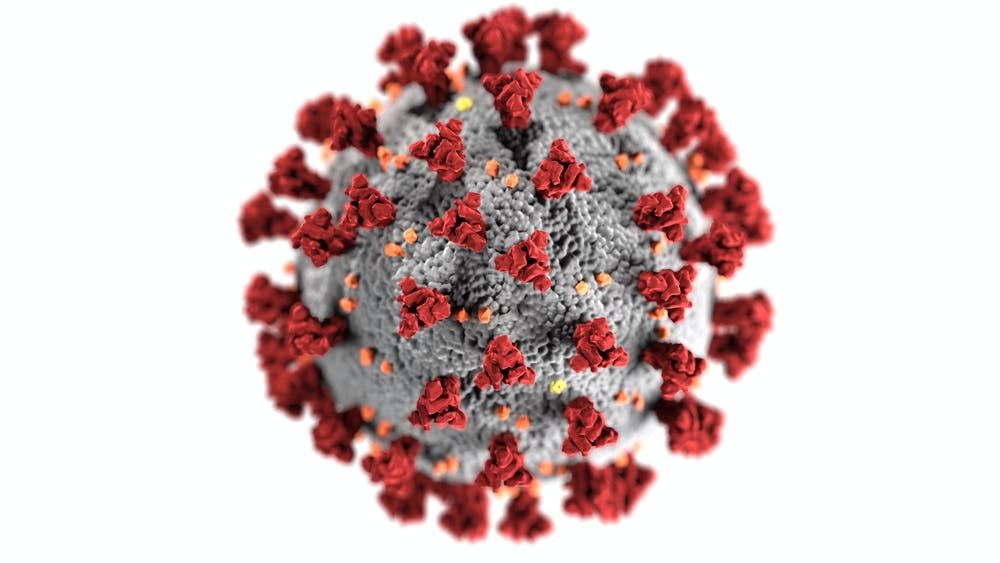Potential Weaknesses in SARS-CoV-2 Infection Revealed
Mutations in TMEM41B are known to be common in one in five East Asians, but not in Europeans or Africans.

Investigators from the NYU Grossman School of Medicine and NYU Langone Health's Perlmutter Cancer Center, in collaboration with colleagues at Rockefeller University, have identified a SARS-CoV-2 protein that seems to be necessary for the virus to be able to reproduce and spread to other cells. The protein may potentially be a weakness that could be targeted by future therapies.
The study, published in the journal Cell, discovered the molecule known as transmembrane protein 41 B (TMEM41B). TMEM41B is thought to help shape the fatty outer membrane that protects the virus' genetic material as it replicates inside of an infected cell and before it infects another. The team performed experiments comparing how the coronavirus disease 2019 (COVID-19) virus reproduces in infected cells to other deadly flaviviruses, along with seasonal coronaviruses which cause the common cold.
"An important first step in confronting a new contagion like COVID-19 is to map the molecular landscape to see what possible targets you have to fight it," John T. Poirier, co-senior investigator on the study said. "Comparing a newly discovered virus to other known viruses can reveal shared liabilities, which we hope serve as a catalogue of potential vulnerabilities for future outbreaks."
The investigators employed the gene-editing tool CRISPR to inactivate more than 19,000 genes in infected human cells with SARS-CoV-2 and the other viruses, comparing their molecular effects on their ability to replicate.
The virus’s molecular features, including common biological reactions, cell-to-cell communication, and means by which cells bind to other cells, were discovered to be shared among SARS-CoV-2. TMEM41B was found to be the only molecular feature that stood out among both families of the viruses.
"While inhibiting transmembrane protein 41 B is currently a top contender for future therapies to stop coronavirus infection, our results identified over a hundred other proteins that could also be investigated as potential drug targets," Poirier said.
Future research studies planned aim to map out TMEM41B's precise role in SARS-CoV-2 replication, so that testing can begin to determine treatment candidates that may block it. The success the team had with using the CRISPR technology to map the molecular weaknesses in SARS-CoV-2 serves as a model for the challenges future viral outbreaks will pose.
